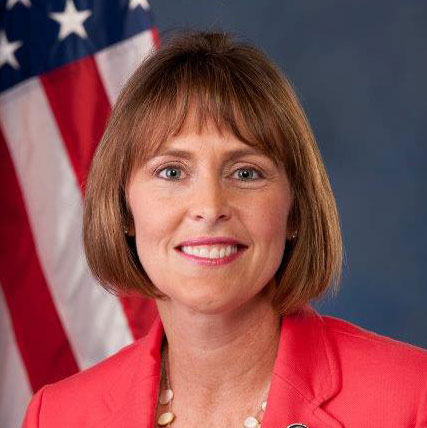Article
Cancer research threatened by sequester
Tampa,
March 1, 2013
Research institutions in all 50 states will see their budgets decrease this year as a result of across the board spending cuts. That includes Tampa’s Moffitt Cancer Center.
By Janelle Irwin broadcast by WMNF on April 1, 2013 Sarah Donatelli is a post doctoral scholar at the facility. She said the effects could mean a dangerous reduction in cancer research. “Cancer cells are always developing ways to outwit the current therapies we have now. It’s a monster that continues to mutate and develop – you have to keep pace with it.” Today, U.S. Representative Kathy Castor toured labs at the facility and warned the cuts could have devastating effects to cancer research. “There is a real-world impact to 9% cuts to the research budgets for the United States of America.” The $1.6 billion cut to the National Institute of Health, or NIH, which funds medical research programs nationwide is a result of what’s known as sequestration. Castor, a Tampa-area Democrat, blasted some of her colleagues for letting the cuts take effect. “I don’t know where this tea party mentality has come from that thinks that it is wise to cut investments in cancer research and other research that pays such great dividends down the road.” Moffitt Cancer Center’s Donatelli said research centers like the one where she works are the first step in a medical researcher’s career. “The next step after that is to start your own lab so that you can put your own ideas and your own efforts into developing cures for cancer.” But with the cuts, the future isn’t so bright. “These cuts to NIH, which is the largest, the primary funding source for medical research in the United States – that’s just not a possibility. Medical research that’s going on right now will be unsustainable, let alone trying to start up new labs if these cuts go into effect. There’s just not enough money.” Last week, environmental officials toured some USF labs where there were also concerns about budget cuts. Those researchers were encouraged to look for private investment to bridge the gap. But member of Congress Castor said that’s not enough. “Those type of grants simply do not match they type of investment that the United States has made in medical research. NIH research dollars dwarfs any kind of private investment. That simply would not be able to keep up with the demands of the future and the needs of all of our neighbors.” The more than 5% cut to NIH funding this year will eventually become more than 8% if the sequester continues. In a Washington Post Q and A earlier this year, the former head of the agency said the cuts would affect science and research for generations to come. |

